Skip the raking and bagging – here are four ways to use leaves in your garden to enrich your soil, add organic matter and encourage plant growth.
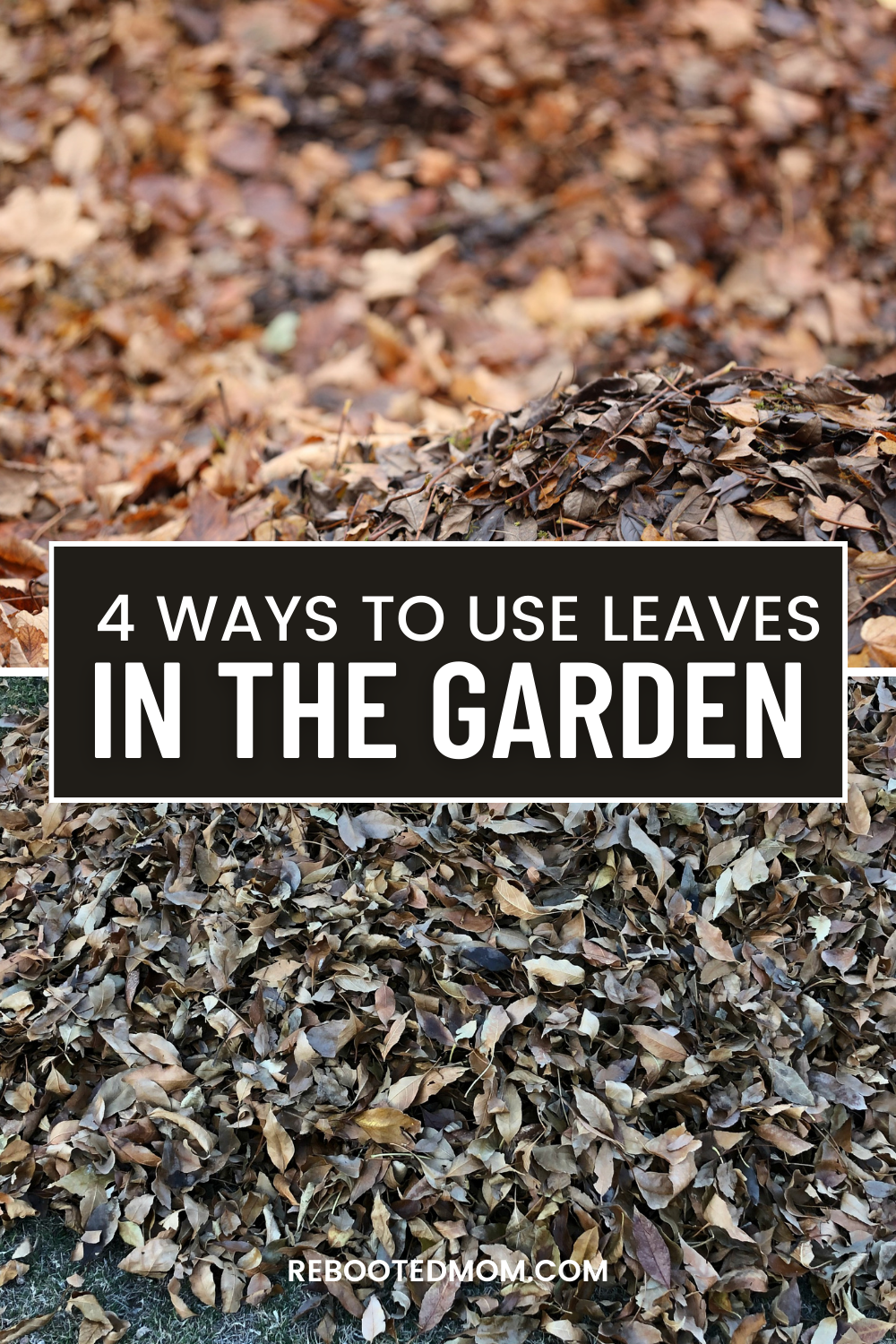
The close of winter here in Arizona is always a hard one. Though we do tend to have it much better than other areas with a year-round growing season, just knowing that hot temperatures are up ahead makes it hard to want to say goodbye to the crisp, cool mornings and leaves changing color.
There are so many great things about the winter here in Arizona. While other areas of the country dig out from snowy driveways and yards, we tend to enjoy temps in the 50’s and 60’s. Many of our plants thrive year round despite the cooler winter temps.
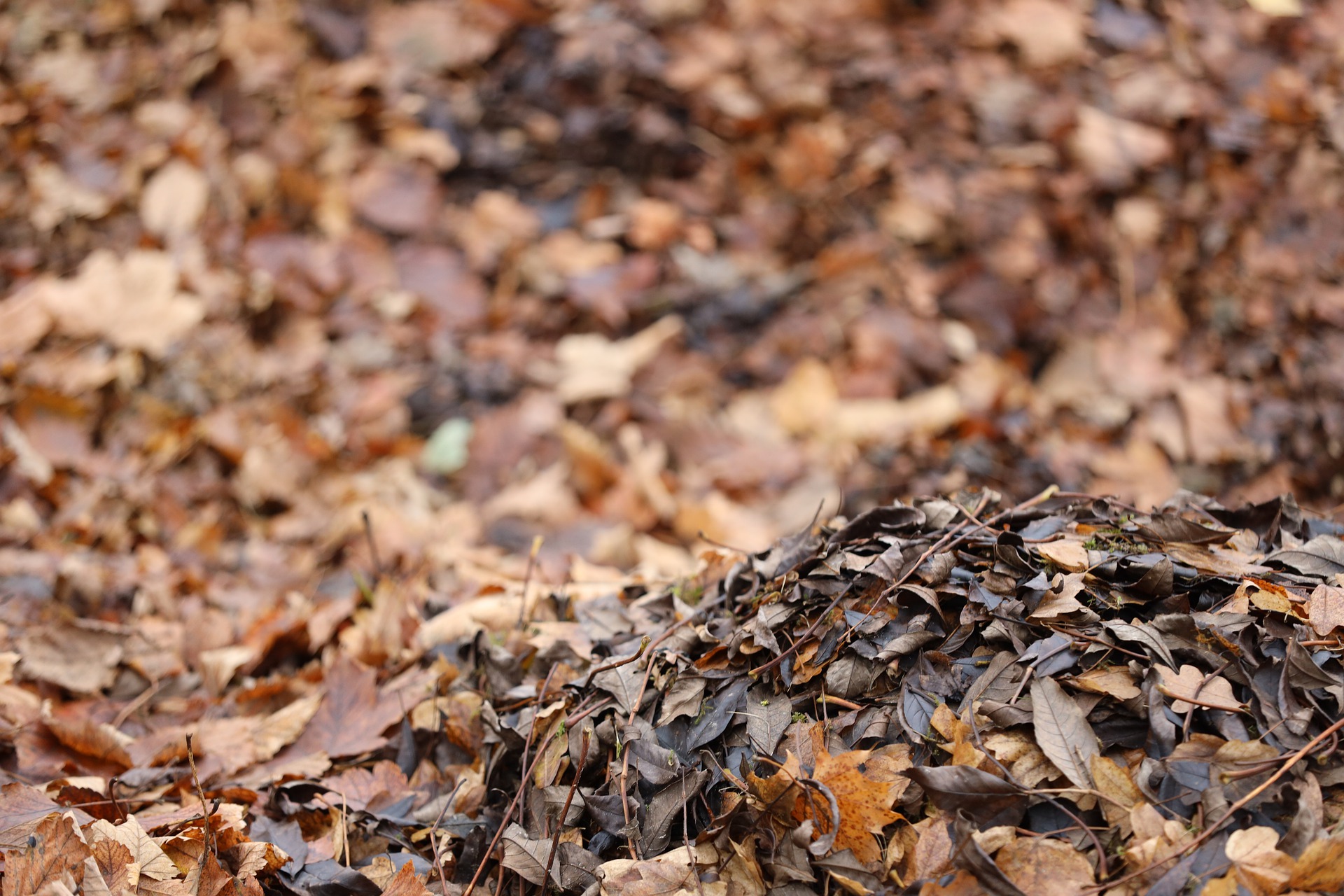
Tomatoes actually prosper much more in the cooler temps than in the heat of the summer, lending way to loads of tomato confit.
Once the fall weather starts to kick in and the weather cools down in the 50’s, the leaves start to change colors and fall to the ground. The longer I garden, the greater is my appreciation for the value of organic matter. One of the best sources of organic matter is autumn leaves.
Leaves are packed with trace minerals that trees draw up from deep in the soil. When added to your garden, they feed the earthworms and microbes in the soil. They work well to lighten heavy soil while also helping sandy soil retain moisture. Use leaves as a much in the flower garden … or as a source of carbon in your compost pile to help balance out the nitrogen. Leaves work well to insulate plants in the cold weather, too.
Leaves in the Garden
Putting leaves to work in the garden is as easy as raking them up in a huge pile and breaking down their surface area. You can do that with a leaf shredder or with your lawn mower. (Bonus: using the lawn mower is a great stress reliever, too).
First, rake the leaves up into a big pile on the yard and then drive over them a few times with the lawn mower. Shredding them does wonders – it helps increase the surface area (giving the microbes places to work). If the leaves are not shredded, then the air and water can’t penetrate as easily. By shredding, you not only give microbes more surface area to work, you reduce the volume of the leaves.
Once the leaves are shredded, throw them in your raised beds. Or bag them up and use them aside for mulching your garden beds. Use the leaves you put in your raised beds as a base for your soil amendments. Fork the leaves over to spread them out and top with compost, steer manure and organic fertilizer. Things that plants are sure to love.
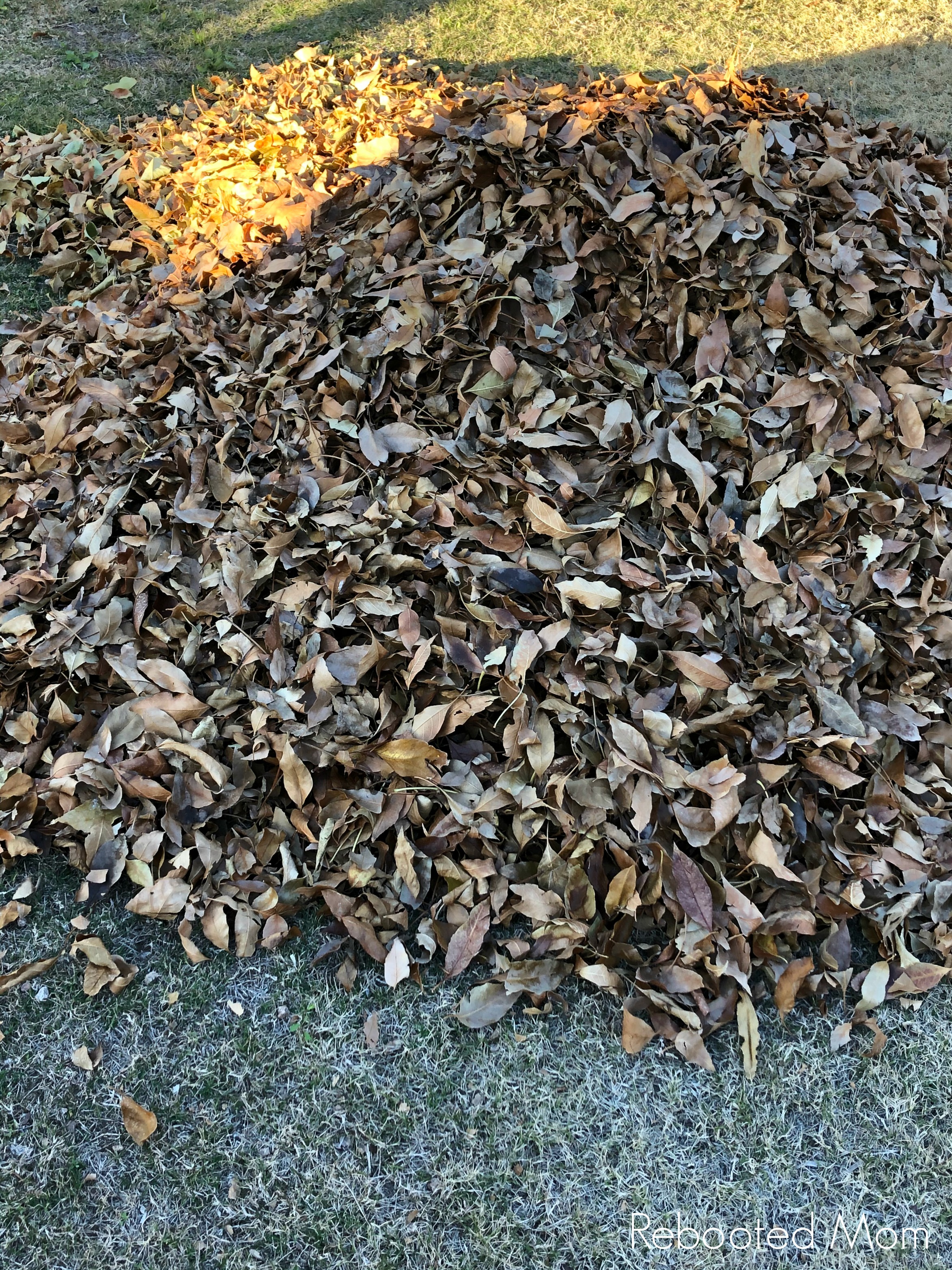
Add the bagged leaves to your compost bin through the year to balance out the scraps that are normally quite high in nitrogen. The leaves will also prevent the compost pile from getting too compact and soggy.
Ways to Use Shredded Leaves
If you have an abundance of leaves in the fall or spring, consider shredding them and use them in the garden.
Add to your Compost Pile: Leaves are rich in carbon and can balance your high nitrogen compost. They can add volume to your compost and prevent it from getting compact and soggy.
Improve your Soil: Add or mix shredded leaves right into the garden. Top with compost, steer manure and additional soil amendments. The leaves will add volume and encourage beneficial organisms to inhabit your soil.
Blanket your Plants: Add a 4-6″ blanket of chopped leaves to cover your plants from cold, frost, and wind. Carrots, kale, beets, parsnips, and leeks will grow all winter if you keep them insulated from the cold winter weather.
Make Leaf Mold: Rake the leaves into a big pile. Keep them whole or chop them (leaf mold works both ways but it’s faster if you chop them). Over the next year to two years, your leaves will break down into a compost/fungus that is high in magnesium and calcium. They will be able to retain water much similar to that of peat moss.
While leaves can be an asset to the garden, not all leaves will benefit your plants & soil. Some types of leaves will inhibit plant growth (eucalyptus, camphor laurel and walnut). It’s best to compost those leaves instead of adding to your garden.
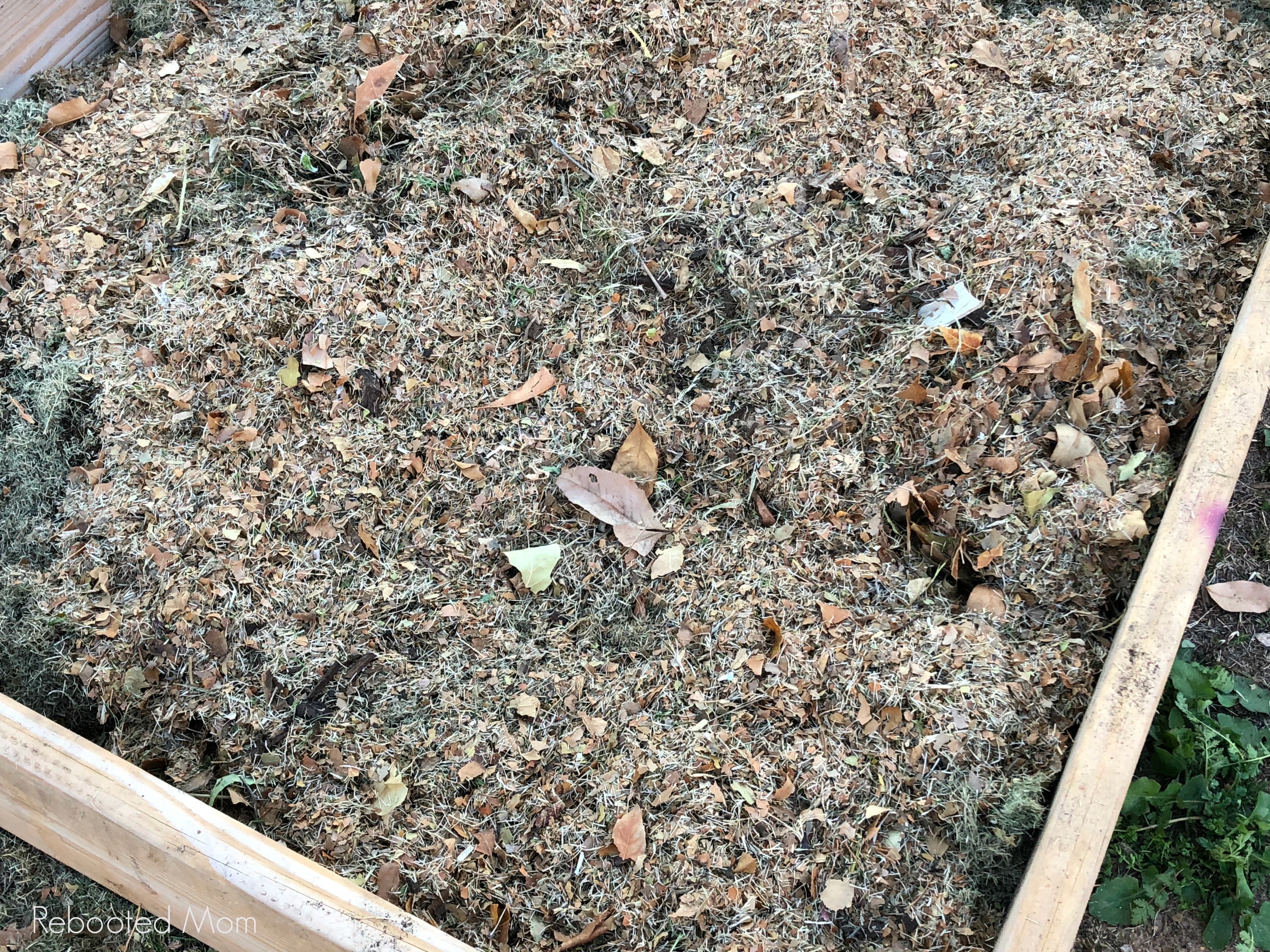
Using leaves in your garden is a great way to repurpose what nature has provided, and add a moisture barrier for underlying soil.
Over time, they will develop leaf mold as they break down, and add organic bacteria to your soil.
Have you ever redirected your leaves to use in your garden – either as compost or added directly to your soil?

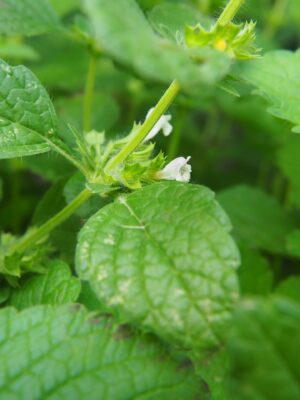
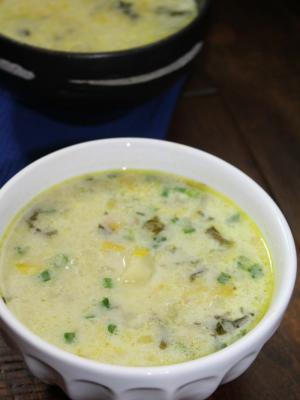
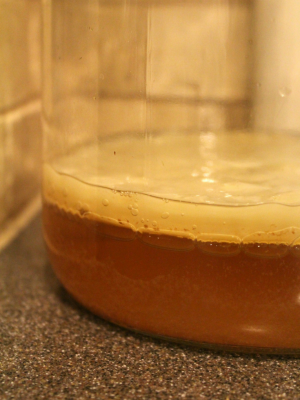
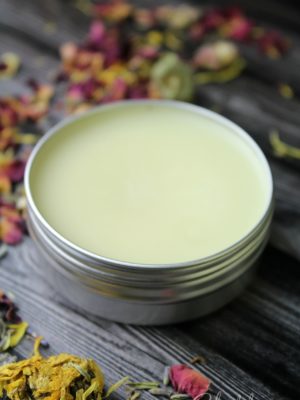
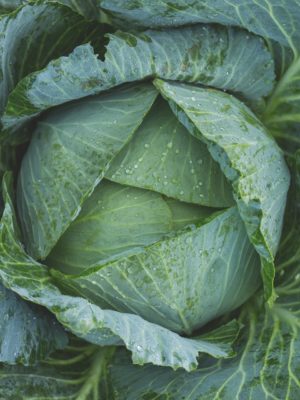

[…] these biscuits as much as we did … they are a favorite with my kids! Pile high with your favorite jam or jelly and gobble them […]